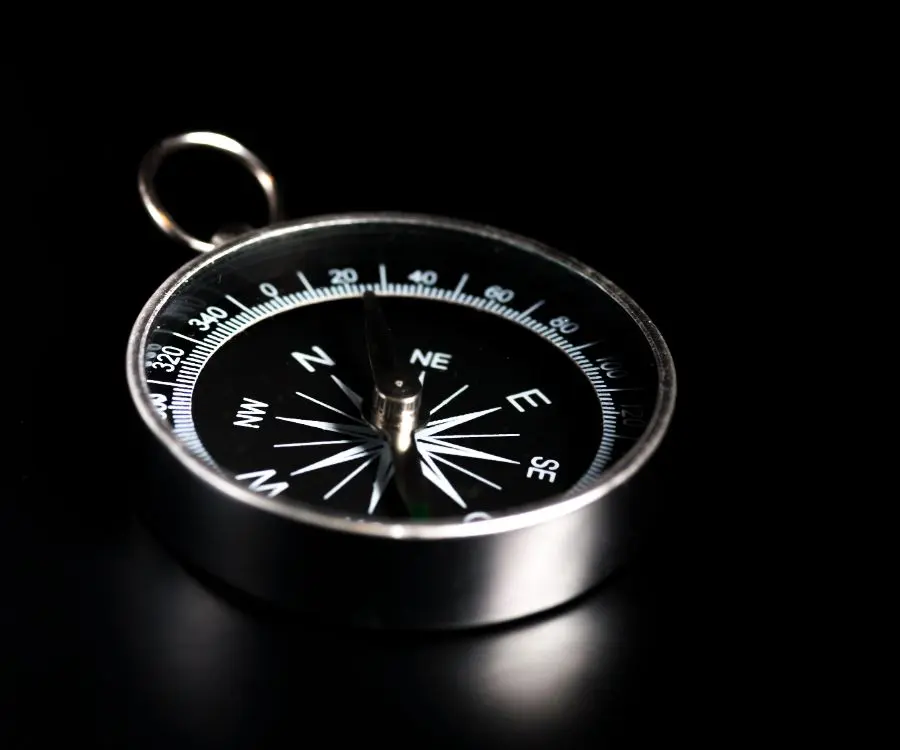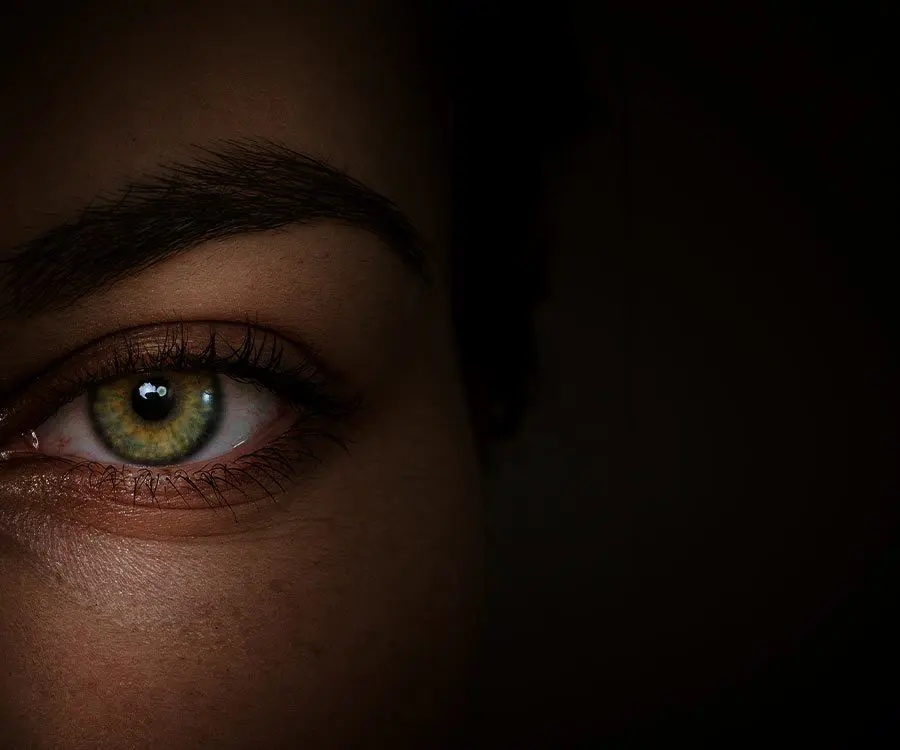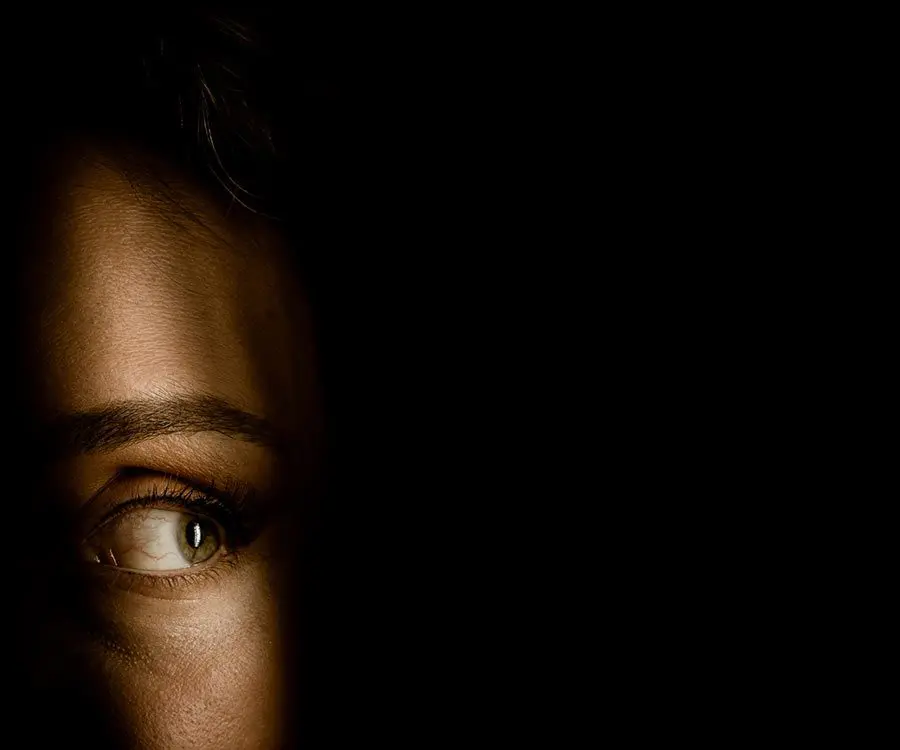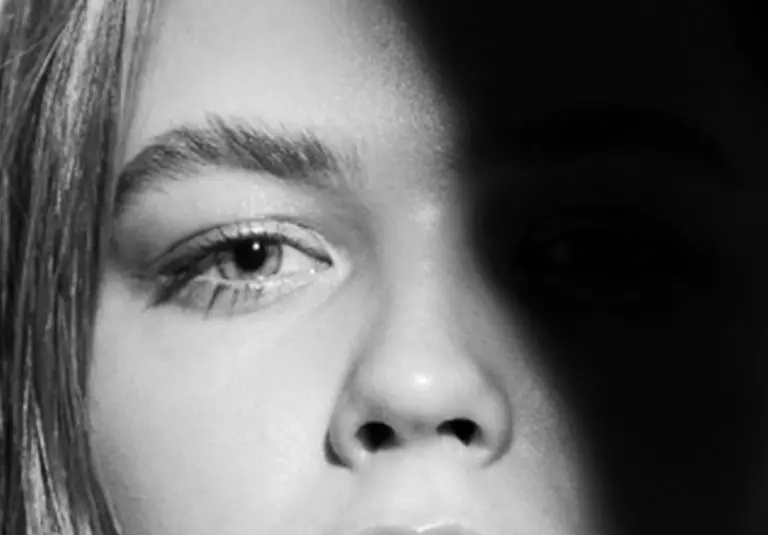
- Uncategorised

- News
How long does LASIK last?
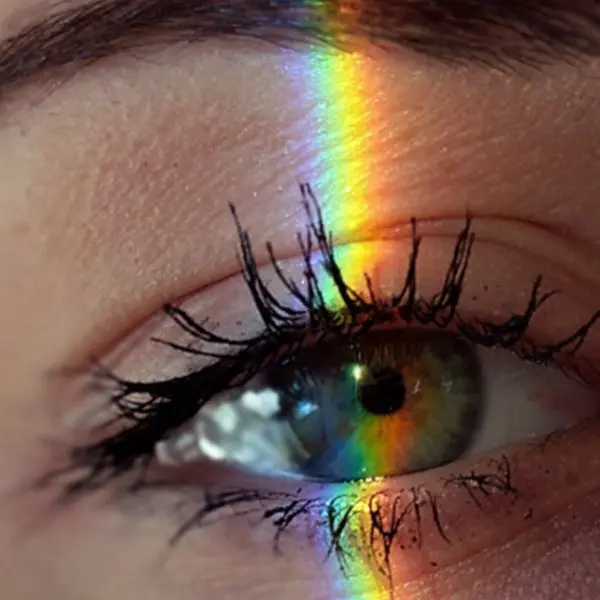
Wondering how long LASIK eye surgery lasts?
You’re not alone.
After all, committing to laser eye surgery is a big decision.
And you’ll want to know if that crisp, glasses‑free vision will last a lifetime, or whether you’ll need enhancement surgery down the line.
What is LASIK?
LASIK (Laser-Assisted In Situ Keratomileusis) is one of the most popular and advanced forms of laser eye surgery offered by Laser Vision.
It is a blade-free procedure that uses ultra-precise laser technology to reshape the front layer of your eye (the cornea) and significantly improve your vision.
During the procedure, local anaesthetic eye drops are applied to numb the eye.
Then, a femtosecond laser is used to create a thin, hinged flap on the cornea.
This flap is lifted to allow an excimer laser to gently reshape the corneal tissue underneath, correcting vision issues such as short-sightedness, long-sightedness, and astigmatism.
After reshaping, the flap is folded back into place, where it naturally adheres without the need for stitches.
The entire process takes approximately 10 minutes per eye, and patients often experience improved day-to-day vision within 24 hours.
Complete visual stability can take up to 12 weeks to achieve.
Laser Vision’s state-of-the-art diagnostics, such as Pentacam® HR and WaveLight® Oculyzer, ensure your LASIK treatment is personalised to your eyes for optimal outcomes.
With results showing 92–98% of patients achieve their desired vision, LASIK is a fast, effective, and minimally invasive way to reduce or eliminate dependence on glasses or contact lenses.
Laser eye surgery: a long-term fix, not a quick fix
Laser vision correction is designed to be a permanent solution.
When surgeons reshape your cornea with a femtosecond laser and excimer laser during LASIK eye surgery, the changes don’t reverse themselves.
Unlike contact lenses or glasses, LASIK isn’t just a temporary fix, it’s refractive surgery meant to last.
The results typically last for many years, and most patients enjoy improved vision for 10 to 20 years or more.
That said, your vision might change over time, not because the LASIK has worn off, but because of normal age-related changes.
Conditions like presbyopia hit many of us in our 40s or 50s. That’s where reading glasses come in, not because LASIK failed, but because your natural lens becomes less flexible with age.
Even though the LASIK results are permanent, you may eventually notice blurred vision up close and require glasses for reading.
Why LASIK results can be life-long
Once your corneal tissue is reshaped, it stays that way.
In LASIK, the flap is made, and the excimer laser sculpts the underlying stromal tissue to correct nearsightedness, farsightedness, or astigmatism.
These changes are permanent and won’t wear away. Most patients can ditch glasses or soft contact lenses almost immediately after surgery.
Recovery is fast. You’ll see the results clearly within 24 hours, although complete healing and stability may take up to 12 weeks.
Follow-up appointments, conducted during the first few days and over the course of a couple of years, help monitor your vision and recovery.
Does most vision correction last?
Yes, for most people, the benefits of laser eye surgery are lasting.
LASIK is one of the safest and most effective forms of vision correction worldwide, with many patients enjoying permanent sight improvement and high satisfaction rates.
Studies show patient satisfaction ranges from 92% to 98%, and up to 95% achieve 20/20 vision or better after surgery.
Still, about 5% may experience dry eyes after LASIK – and a smaller percentage of people might notice glare or halos, especially at night.
In most cases, these effects fade within six to 12 months.
Rare complications, such as flap issues or regression, can occur, but these are uncommon and can often be treated even in such cases.
When LASIK enhancement surgery may be needed
In a small number of cases, vision can drift slightly over time.
Perhaps your prescription was borderline, or your eyes require fine-tuning as they heal.
If so, LASIK enhancement surgery can correct minor residual refractive errors, helping you regain crisp vision as part of your treatment plan.
Most often, enhancements occur within the first one to two years after initial surgery, and they’re relatively straightforward.
The surgeon adjusts a new flap or utilises newer technologies while preserving corneal integrity.
These follow-up procedures are far less invasive and help maintain your LASIK results; however, not everyone requires them.
What natural vision changes can you expect after LASIK?
Age-related vision conditions, such as presbyopia, are common.
You may need reading glasses in your 40s or 50s, even if you had LASIK as a younger adult.
That’s because LASIK reshapes the cornea for distance vision – it doesn’t stop the natural ageing of your lens.
If presbyopia hits you hard, consider enhancement surgery, or lens replacement surgery (RLE), which swaps your natural lens for a multifocal or accommodating intraocular lens to reduce dependence on reading glasses .
Cataracts may also form over time.
Those would be removed with cataract surgery and a new lens fitted.
Even after cataract treatment, your cornea remains reshaped as per your LASIK. So LASIK still holds value long-term.
How to extend the longevity of your LASIK results
Here are some smart steps to support your LASIK results long-term:
- Keep your follow-up visits. Laser Vision provides free care and follow-ups for two years after your procedure.
- Use prescribed post‑op eye drops. These reduce inflammation and keep your eyes lubricated in the early recovery weeks.
- Protect your eyes from UV light by wearing sunglasses outdoors.
- Avoid contact sports or swimming during the first few weeks post‑surgery to prevent infection and help the corneal flap heal properly.
Most patients resume glasses-free living within a day or two. A few might take longer to stabilise, but by 4 to 12 weeks, vision is typically very clear.
Refractive alternatives: not all vision changes require LASIK
If you’re over 45 and starting to lose near vision, ask about Refractive Lens Exchange surgery. Laser Vision often recommends lens replacement surgery as a better option for presbyopia or advanced prescriptions, offering true freedom from reading glasses with age-related lens changes.
Final word on LASIK longevity
So, how long does LASIK last?
For most patients, it’s a long-lasting solution – often lifelong for distance vision.
Your cornea remains reshaped, and most people enjoy glasses-free vision for a decade or more.
If you experience age-related changes later, additional procedures can help keep your vision sharp, whether that involves an enhancement or lens replacement.
If you’re considering laser eye surgery, Laser Vision offers a full range of treatments from femtosecond LASIK and LASEK to SMILE and RLE all tailored to your eye health, age, and lifestyle.
And they back it with high standards, experienced surgeons, and care that ensures your vision lasts, and lasts well.
Reviews

